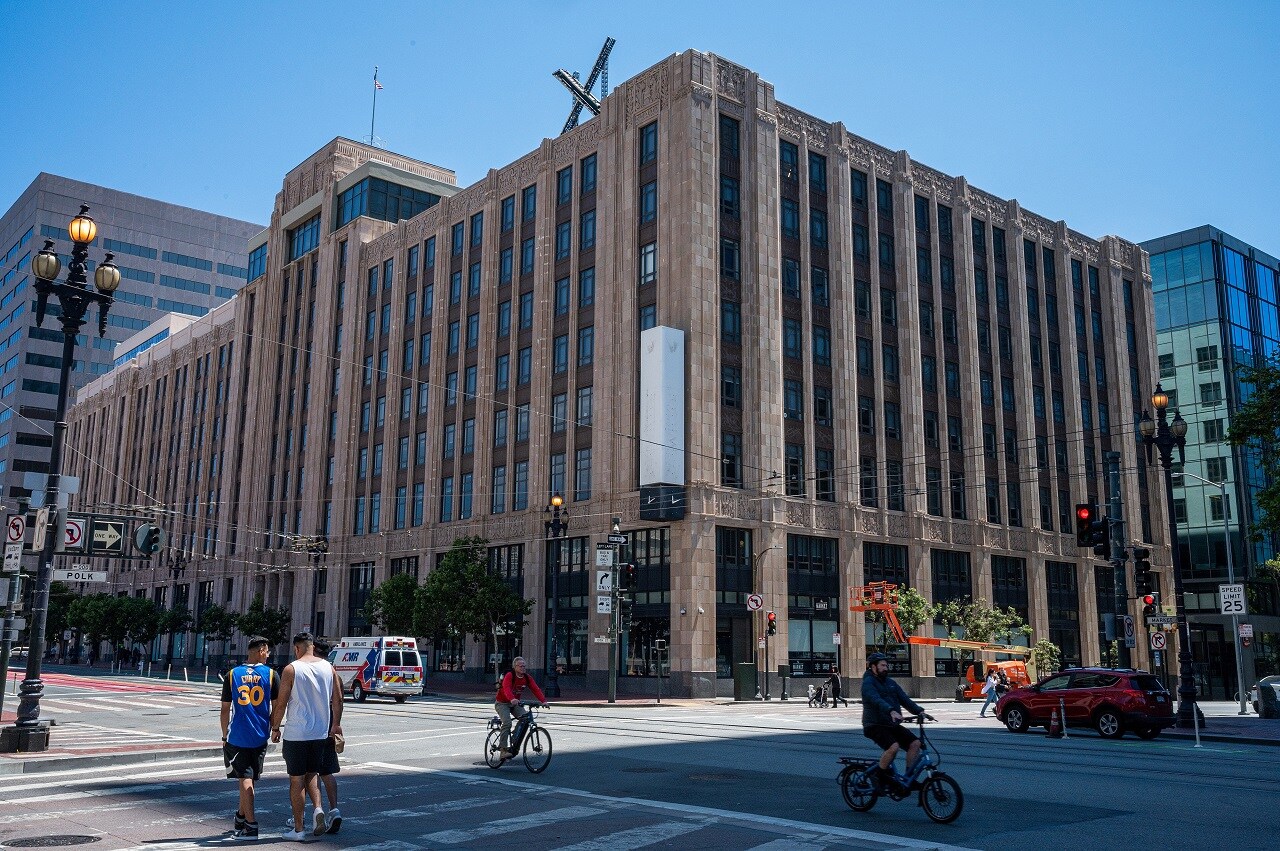[ad_1]

The magnitude-7.0 quake, striking mid-morning off the coast of California’s far north, caused little immediate damage and proved not to be the long-feared “big one” that overshadows life in the Golden State. But the temblor and a swarm of aftershocks served as potent reminders of the region’s seismic danger.
The initial quake hit about 40 to 50 miles (64 to 80 kilometers) offshore from Petrolia, a small town 200 miles north of San Francisco, said Paul Caruso, a geophysicist for the US Geological Survey. Shaking was felt from San Jose north to Grants Pass, Oregon, and as far inland as Sacramento, according to USGS. More than 40 aftershocks followed.
“We’re getting a ton of them,” Caruso said.
The city manager of nearby Eureka said initial damage appeared minimal. “We haven’t received a lot of phone calls about damage to structures or to gas lines or anything like that,” said Miles Slattery. “We’re just in a holding pattern right now.”
Authorities issued a tsunami warning stretching from the central Oregon coast to just north of Santa Cruz, California. In San Francisco, an emergency tsunami alert blaring from mobile phones warned of the potential for powerful waves. “You are in danger,” the alert said. “Move to high ground or inland now.”
Some office workers in the city’s downtown evacuated, heading uphill. Others went about their day in unusually warm December weather. Subway service through the tube that runs beneath San Francisco Bay was briefly halted, only to start again after the tsunami warning was lifted less than an hour later. Both San Francisco and Oakland airports reported no disruptions.
Electric utility PG&E Corp. said about 10,000 homes and businesses were without power in Humboldt County, and the company was inspecting electric lines and gas mains for damage. California Governor Gavin Newsom said he had signed off on a state of emergency declaration, even as damage assessments were still underway.
Thursday’s earthquake occurred along an active plate boundary that’s part of the larger Cascadia Subduction Zone. Jessica Turner, a geophysicist with the USGS National Earthquake Information Center, said there were four other small earthquakes along that boundary in recent days that were probably too small to be felt.
“It doesn’t necessarily mean we knew something bigger was coming,” Turner said. “That’s pretty much background seismicity.”
There’s a chance, albeit small, that Thursday’s quake could be followed by a larger one. According to the USGS, the odds of an earthquake being followed by a stronger one nearby within the following week are about 5%.
The earthquake failed to produce a tsunami because of the nature of its movement, Caruso said. It was what’s known as a strike-and-slip quake, which occurs when two plates in the Earth’s surface slide past each other. Unlike earthquakes that cause vertical movement in the planet’s crust, strike-and-slip quakes typically don’t trigger tsunamis.
A 7.0 quake is larger than the one that shook San Francisco on October 17, 1989, when a magnitude-6.9 earthquake killed 63 people throughout the region. That earthquake, called Loma Prieta, collapsed an elevated freeway and part of the Bay Bridge that links San Francisco to Oakland. The disaster disrupted a World Series baseball game between the region’s San Francisco Giants and Oakland Athletics.
The most damaging San Francisco earthquake occurred on April 18, 1906, when the San Andreas Fault ruptured near the city, leveling buildings and igniting fires that burned for days. Together, the fires and estimated 7.9-magnitude quake are believed to have killed more than 3,000 people, destroyed about 28,000 buildings and left more than half of San Francisco’s population homeless, according to USGS.
[ad_2]
Source link










